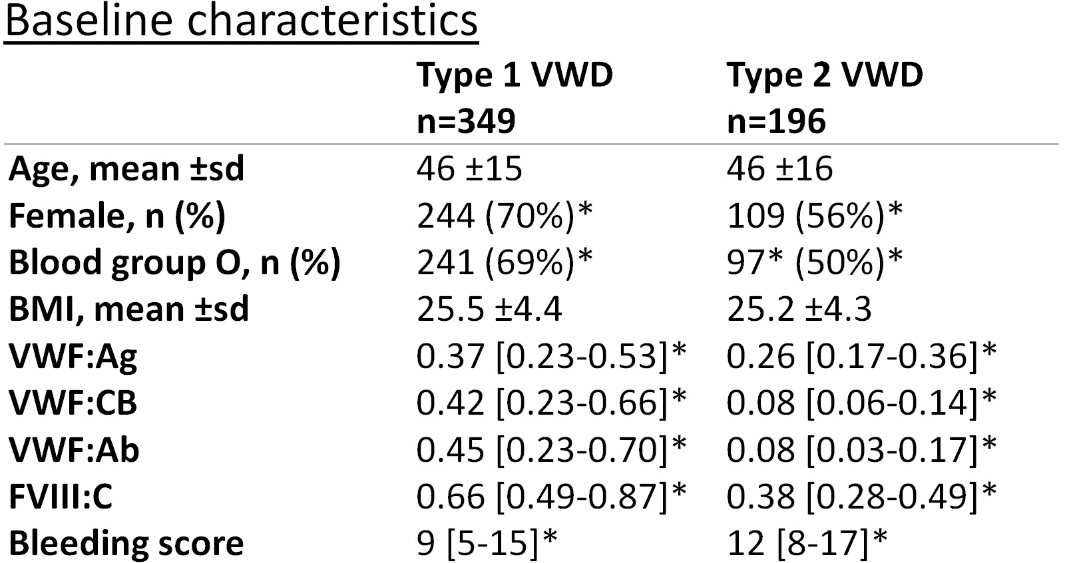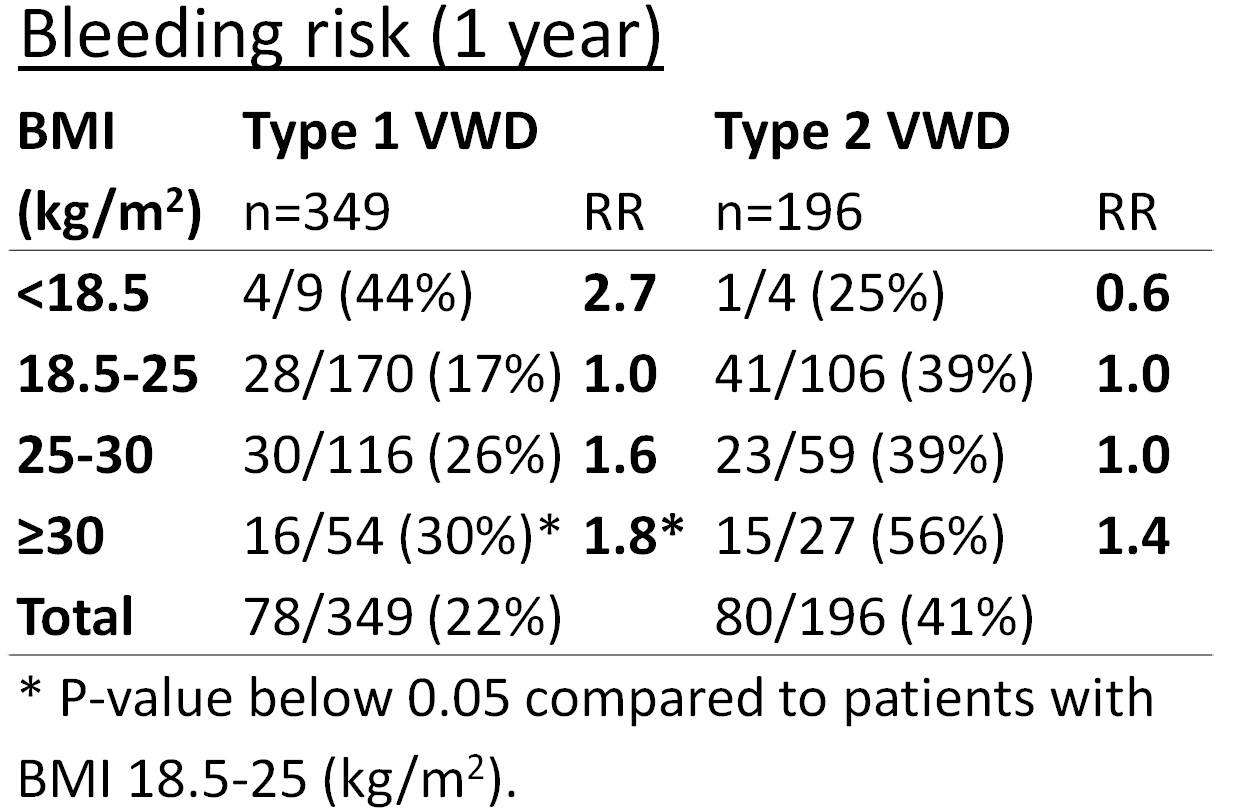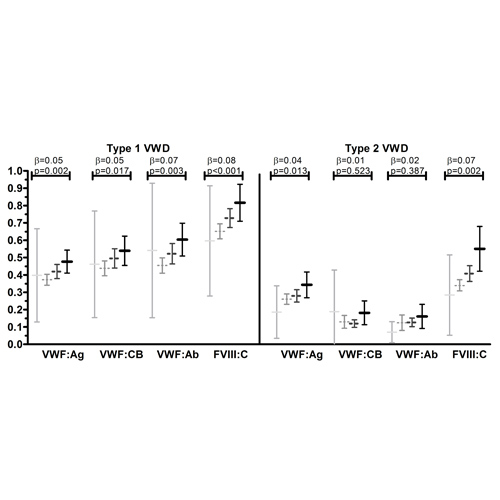Ferdows Atiq1, Karin Fijnvandraat2,3, Karin P M van Galen4, Britta A P Laros-van Gorkom5, Karina Meijer6, Joke de Meris7, Michiel Coppens8, Eveline P Mauser-Bunschoten4, Marjon H Cnossen9, Johanna G van der Bom10,11, Jeroen Eikenboom12,13, Frank W G Leebeek1, for the WiN study group
1Dept. of Hematology, Erasmus University Medical Center, Rotterdam, The Netherlands; 2Amsterdam UMC, University of Amsterdam, Emma Children’s Hospital, Pediatric Hematology, Meibergdreef 9, Amsterdam, The Netherlands; 3Dept. of Plasma Proteins, Sanquin Research, Amsterdam, The Netherlands; 4Van Creveldkliniek, University Medical Center, University Utrecht, Utrecht, The Netherlands; 5Dept. of Hematology, Radboud university medical center, Nijmegen, The Netherlands; 6Dept. of Hematology, University of Groningen, University Medical Center Groningen, Groningen, The Netherlands; 7Netherlands Hemophilia Society, Leiden, The Netherlands; 8Dept. of Vascular Medicine, Amsterdam Cardiovascular Sciences, Amsterdam UMC, location AMC, Amsterdam, The Netherlands; 9Dept. of Pediatric Hematology, Erasmus University Medical Center-Sophia Children’s Hospital, Rotterdam, The Netherlands; 10Dept. of Clinical Epidemiology, Leiden University Medical Center, Leiden, The Netherlands; 11Jon J van Rood Center for Clinical Transfusion Medicine, Sanquin Research, Leiden, The Netherlands; 12Dept. of Internal Medicine, Division of Thrombosis and Hemostasis, Leiden University Medical Center, Leiden, The Netherlands; 13Einthoven Laboratory for Vascular and Regenerative Medicine, Leiden University Medical Center, Leiden, The Netherlands
Introduction
In the general population, BMI is associated with increased VWF levels. Slightly increased VWF levels may have a protective effect on bleeding in VWD patients. The association between BMI, VWF levels and bleeding is unknown in VWD patients.
Objective
We aim to investigate the association between BMI, VWF and FVIII levels and bleeding phenotype in patients with VWD.
Methods
Inclusion criteria: (1) historically lowest VWF:Ag and/or VWF:RCo ≤ 0.30 IU/mL and/or FVIII levels (FVIII:C) ≤ 0.40 IU/mL. (2) Type 1 and type 2 VWD. (3) Older than 15 years.
Assessment methods: (1) A self-administered version of the condensed Tosetto bleeding score. (2) Bleeding episodes that required hemostatic treatment in the year prior to inclusion in the study. (3) Centrally measured VWF and FVIII levels.
Results


Conclusion
BMI is associated with slightly increased VWF and FVIII levels, but does not protect against bleeding in patients with type 1 and type 2 VWD.
